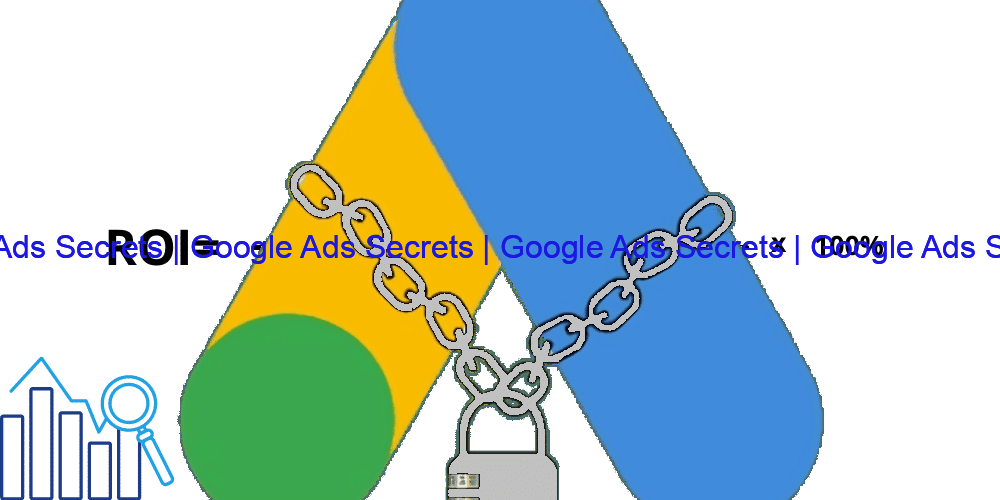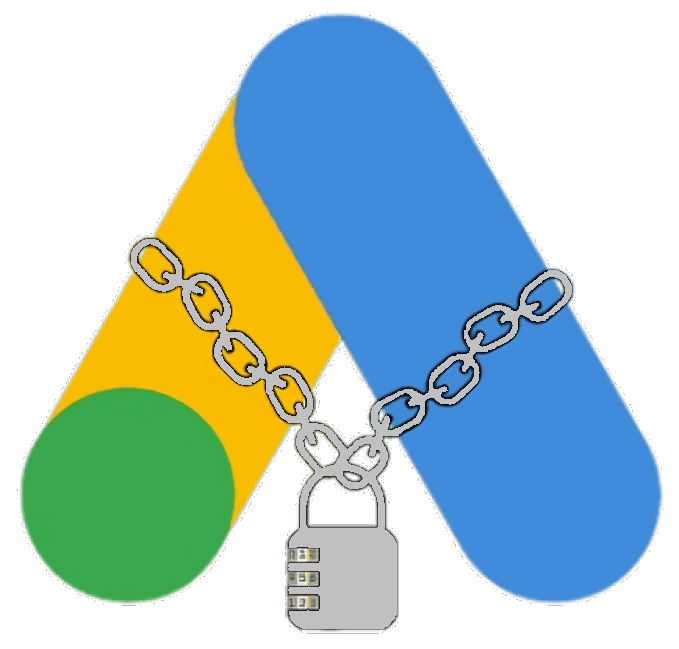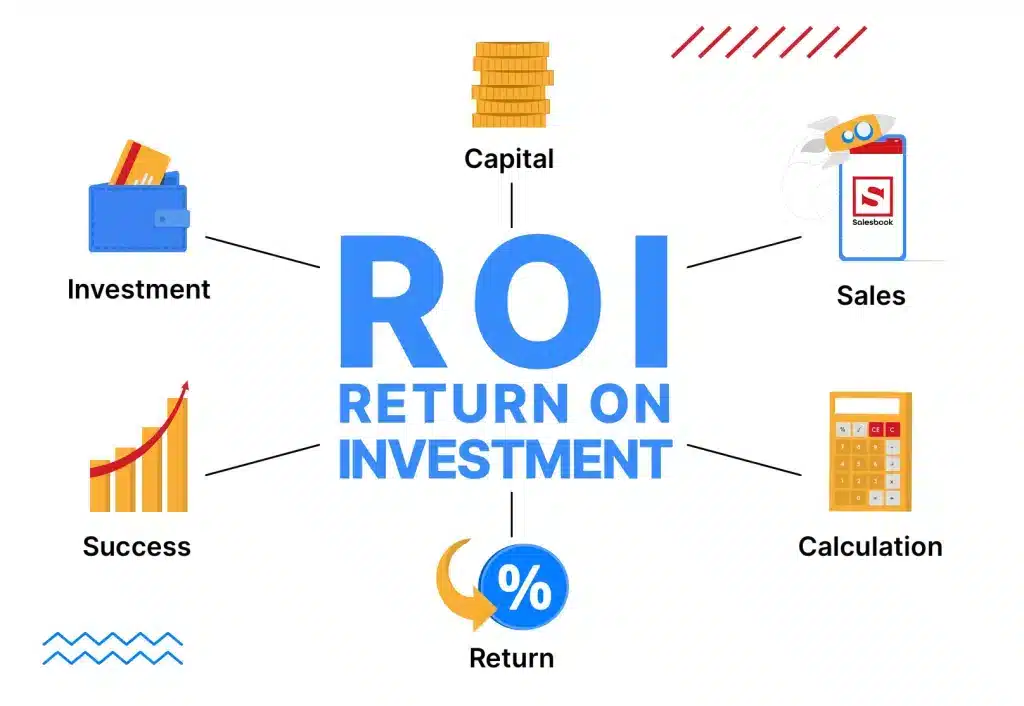In the world of pay-per-click advertising, winning is about more than just spending the most — it’s about understanding the competitive landscape. Google Ads competitor analysis is the practice of investigating and reverse-engineering your competitors’ campaigns to discover what works, what doesn’t, and what you can do better. In 2025, this strategy has evolved into a cornerstone of any serious PPC plan. With increasing automation, smarter bidding, and a data-first approach, staying ahead of the curve means knowing your competition inside out.
Why Google Ads Competitor Analysis Is Critical in 2025
With CPC prices rising and more advertisers entering the market, it’s never been more important to know who you’re bidding against. The Google Ads auction has become increasingly dynamic and competitive. Competitor analysis enables you to:
- Uncover new keyword opportunities you might not have considered through traditional research.
- Analyze high-performing ad creatives that have proven effective in engaging your shared audience.
- Benchmark ad spend and impression share to understand where you stand in the auction hierarchy.
- Learn what landing pages and offers convert best, and adapt your own pages accordingly.
Check our cornerstone resource on Google Ads Secrets to understand how advanced strategies evolve across industries and why this type of analysis has become indispensable for both small and large advertisers.
Top Tools for Competitor Research
To perform effective Google Ads competitor analysis, you need the right tools. These platforms provide insights into ad copy, keywords, ad spend estimates, and more. The beauty of these tools lies in their ability to uncover both granular and broad trends in advertising strategy. Here are some of the most reliable platforms in 2025:
- Moz – Ideal for identifying keyword gaps and monitoring domain authority over time.
- Neil Patel’s Ubersuggest – Offers affordable insights into competitor keywords and SEO data.
- Search Engine Journal – Great for staying updated on PPC trends and industry changes.
- Marketing Land – Excellent for ad creative inspiration and campaign ideas.
- Moz Free SEO Tools – Helpful for checking backlinks and on-page performance of competitors.
Using a combination of these tools allows you to triangulate data from various perspectives—keyword intelligence, ad copy trends, domain authority, and backlink profiles. This holistic view helps you prioritize your advertising budget with greater confidence and clarity.

Analyzing Ad Copy and Creative Elements
Visit our blog for full breakdowns of effective ad copy tactics. When studying your competitors, pay attention to:
- Headline structure and CTAs that drive action and clicks.
- Use of emotional or logical appeals that speak directly to the target audience’s needs.
- Visual consistency in display ads that align with branding and tone.
Take note of split-tested ad variants. Competitors often run A/B tests on ad copy to improve click-through rate. Identifying recurring winning patterns gives insight into user intent and what messaging resonates in your vertical. Look at how they adjust for seasonal campaigns, limited-time offers, or user-generated content.
Check our tip on landing pages to compare your funnel strategies.
Reverse-Engineering Landing Pages
Tools like HubSpot and SimilarWeb allow you to see how your competitors convert traffic. Evaluate:
- Page speed and responsiveness for both desktop and mobile devices.
- Form simplicity and trust signals such as reviews, certifications, or secure checkout badges.
- Headline-offer alignment that reassures users they’re in the right place.
Consider also looking into heatmap tools and user journey recordings (like Hotjar) on your own site to compare user experience against what your competitors offer. Enhancing UX based on competitive benchmarks helps drive down bounce rate and increase conversion rates. Also look into how competitors use social proof, scarcity, or testimonials to build trust quickly.

Cost Cap Bidding: A Game Changer
Our article on daily headline pinning reveals how consistent bidding practices impact CTR. Study how competitors use cost cap strategies to reduce waste and increase lead quality. Cost cap strategies are particularly useful when targeting long-tail keywords or when operating in highly competitive industries with variable CPC. By setting clear CPA boundaries, advertisers can control spending while still competing effectively.
Advanced advertisers also rely on Consist Mode Updates to recalibrate their bidding model based on performance triggers. This is especially important for ecommerce and seasonal campaigns that require aggressive or reactive bidding adjustments. Monitor how your competition adjusts bid modifiers by device, geography, or time of day.
Going Local: Arabic PPC Market Competitor Tips
For regional insights, browse directories like Yellow Pages UAE or Arab Directory. You’ll find how local businesses leverage low-cost regional targeting and brand authority via listings. Consider auditing how competitors list contact information, categories, languages used, and customer reviews. These details impact local SEO, visibility in maps, and conversion through trust indicators.
More Arabic SEO ideas on Arabia SEO. You can also audit your ad account for geo-targeting performance benchmarks in Middle East markets. Local competition often relies on different channels or tactics that you may not encounter in English-speaking markets.
Content and Keyword Gap Analysis
Explore our section on Quality Score to identify how content relevance impacts your visibility. You can also check forums like Reddit and Quora to learn what questions your audience asks that competitors may ignore. This provides opportunities for ad messaging or blog content that closes the information gap. You’ll also notice common pain points, language patterns, or specific keywords that your competitors might not be targeting.
Pairing this with keyword planner tools, you can identify both high-volume and underserved long-tail keywords. Consider publishing topic clusters around those gaps for full-funnel alignment between SEO and PPC efforts. This not only boosts Quality Score but ensures every ad click leads to a meaningful and valuable user experience.
Training and Continuous Learning
Stay ahead by mastering new skills. Consider certifications from:
- Coursera – Offers in-depth training for Google Ads and digital marketing foundations.
- Udemy – Affordable short courses that are updated regularly with algorithm changes.
- Edraak – Arabic-based learning platform with localized PPC and SEO insights.
Continuous training helps your team implement insights from competitor analysis more effectively. Explore our resources on campaign setup and Google Ads tips to stay updated on best practices. A well-informed team can pivot quickly in response to competitor moves or platform changes.
Conclusion
Google Ads competitor analysis is the foundation of performance marketing in 2025. Whether you’re new to PPC or scaling a mature ad account, understanding what your rivals are doing helps you plan better, write smarter ads, and grow faster. Combine this knowledge with automated scripts, quality scores, and cost control methods shared on Google Ads Secrets for maximum results. Staying competitive isn’t about guessing — it’s about strategizing based on data, trends, and proven insights.
Frequently Asked Questions
How do I find who my competitors are on Google Ads?
Search for your primary keywords in incognito mode. Look at top results and use tools like SEMrush to verify domains buying ads.
Can I copy competitors’ keywords?
You can use similar keywords but copying isn’t enough—focus on out-optimizing them with better ads and higher quality scores.
What’s a good ROI in PPC campaigns?
Anything above 300% (3:1) is great, but it depends on your industry. Our ROI guide here explains it in detail.
What is the cost cap bidding strategy?
It’s a Google Ads bidding method that lets you set a maximum CPA while allowing the system to optimize under that threshold.
Should I analyze competitors every week?
Not necessarily weekly, but a monthly review is recommended. Big industries may require more frequent monitoring.
How can I improve my ad relevance?
Align your ads closely with your keywords and ensure the landing page matches your offer. Check our tip #8 for advanced techniques.



